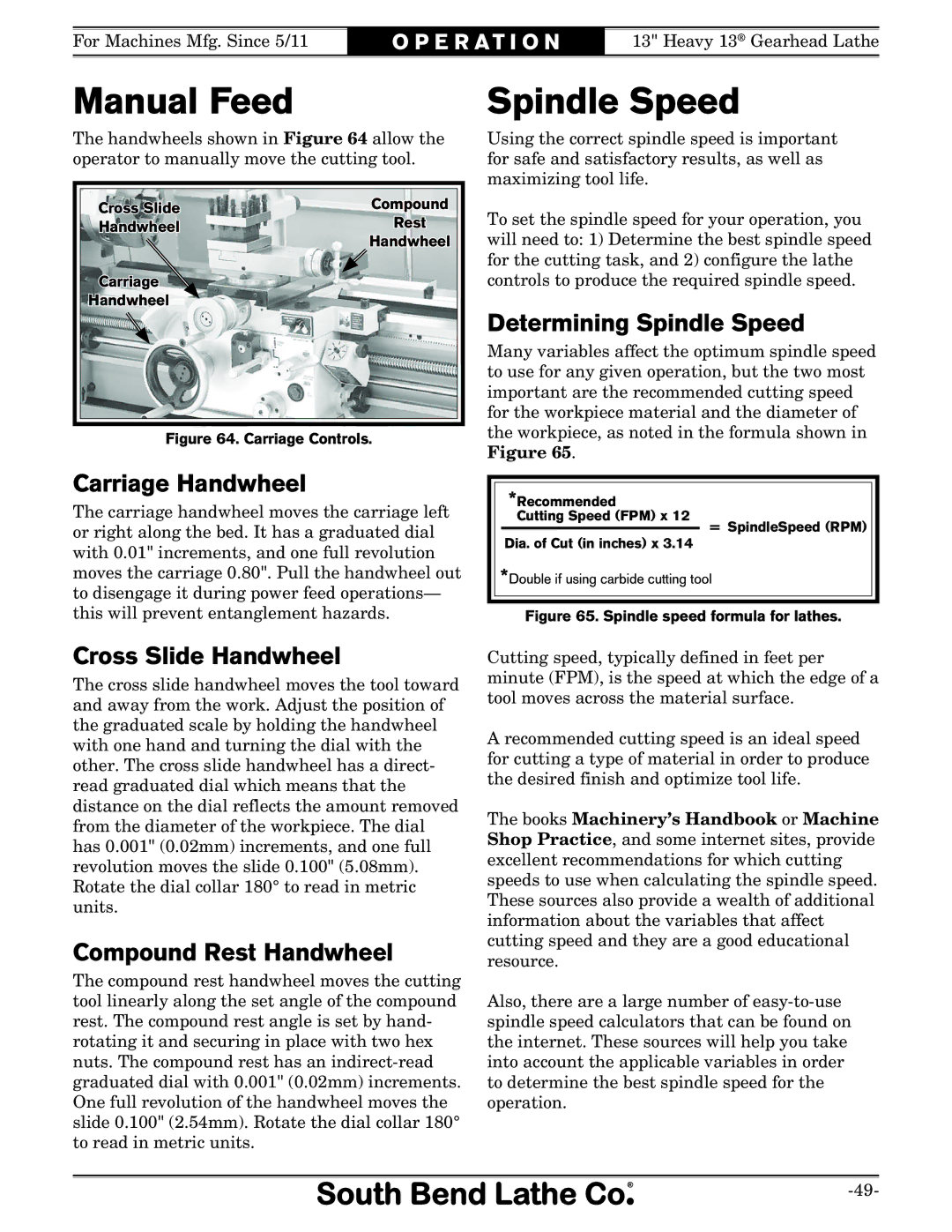SB specifications
The Southbend 1368,SB is a versatile and robust commercial range designed for professional kitchens that demand high performance, reliability, and efficiency. This model is widely recognized for its solid construction and user-friendly features, making it a preferred choice among chefs and restaurant operators.One of the standout features of the Southbend 1368,SB is its powerful burners. Equipped with six high-output burners, each producing 33,000 BTUs, this range delivers exceptional cooking power, allowing chefs to boil, sauté, and simmer with ease. The burners are designed with heavy-duty cast iron grates that not only provide durability but also ensure optimal heat distribution across the cooking surface, enhancing culinary results.
The range also includes a spacious oven with a capacity of 40,000 BTUs, which is perfect for baking, roasting, and broiling various dishes. The oven features a thermostat that allows for precise temperature control, ensuring that dishes are cooked to perfection every time. Additionally, the oven's interior is made from stainless steel, which offers excellent heat retention and is easy to clean.
Another notable characteristic of the Southbend 1368,SB is its construction. Built with a heavy-duty stainless steel exterior, this range is not only aesthetically pleasing but also resistant to corrosion and wear. The front, sides, and top are all designed for durability, making it suitable for high-traffic kitchen environments.
In terms of technological advancements, the Southbend 1368,SB is equipped with modular components that can be easily customized to meet specific cooking needs. This flexibility allows operators to configure the range for various cooking tasks, accommodating everything from grilling to frying.
Safety is also a significant consideration in the design of the Southbend 1368,SB. The range includes flame failure safety devices that automatically shut off the gas supply in case of a flame-out, providing peace of mind for operators during busy service times.
In summary, the Southbend 1368,SB is a powerful, versatile, and durable commercial range that brings together high-performance cooking capabilities and user-friendly features. With its robust burners, spacious oven, and heavy-duty construction, it is an ideal choice for any professional kitchen looking for reliability and efficiency in their cooking equipment.

